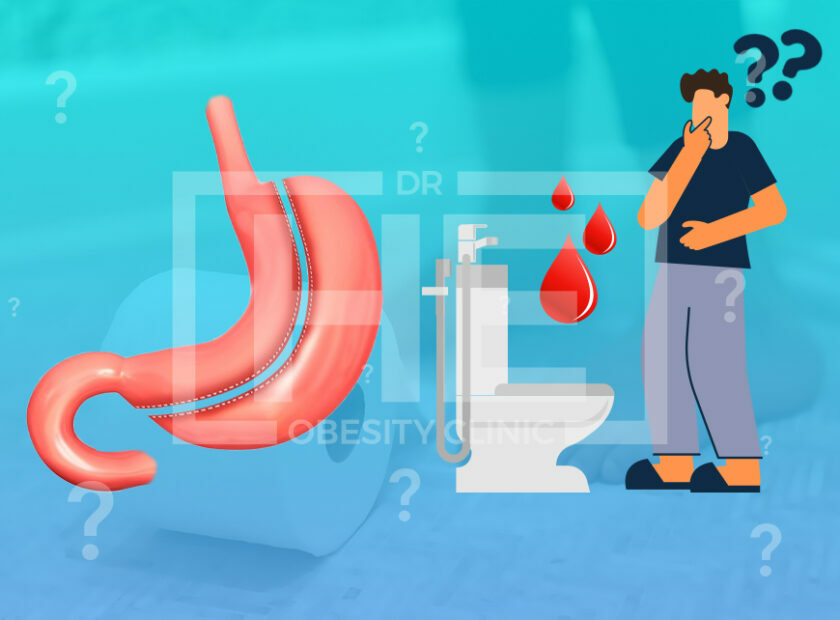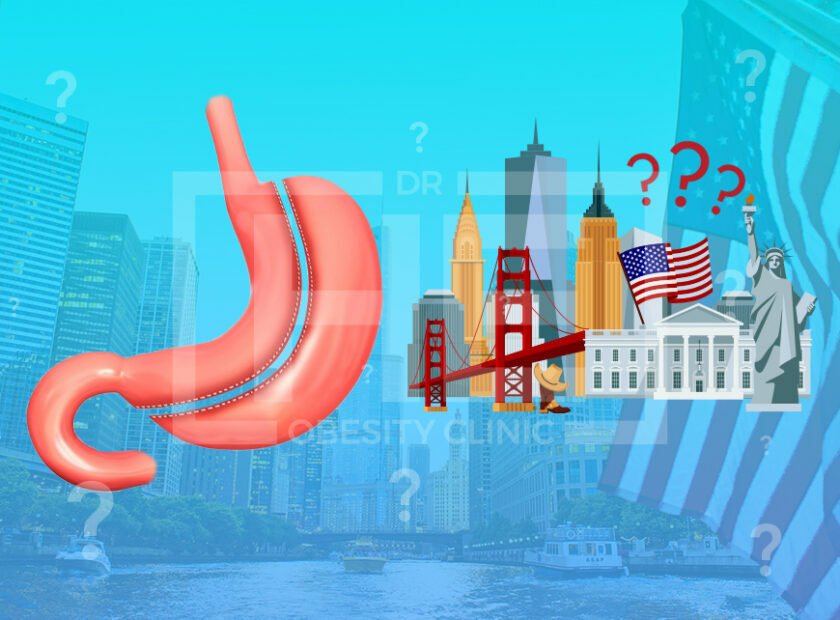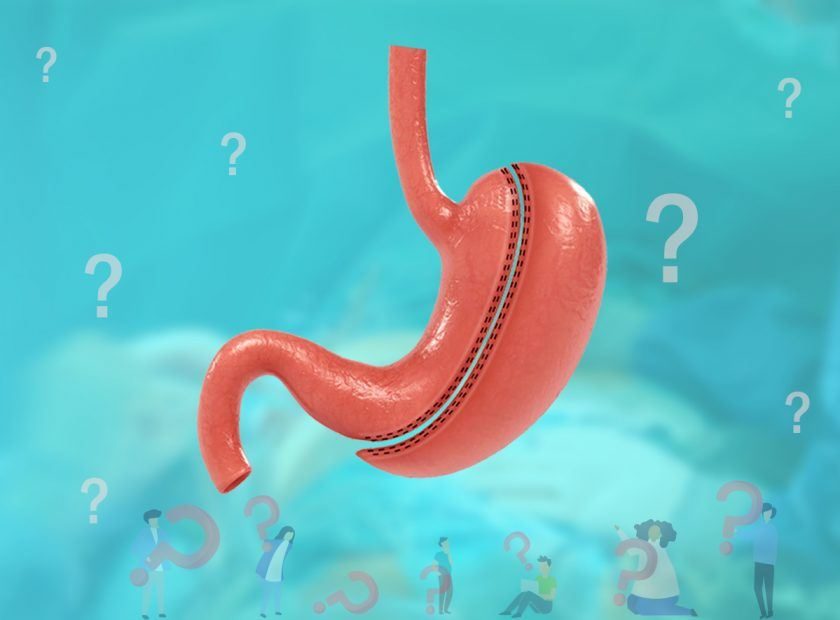
Should I Wear a Compression Garment After Gastric Sleeve Surgery? A compression garment is essential after a gastric bypass surgery. It provides gentle pressure, a necessary component of recovery. It also promotes proper circulation, which decreases the chances of blood clots and infections. It can also help reduce swelling and promote healing.
In addition, a compression garment can reduce pain and speed up the recovery process. Many surgeons recommend wearing a compression garment for the first two weeks following the surgery, but the requirements vary widely.
The compression garment is an elastic band that fits snugly over the skin. It is made from cloth or elastic materials. The purpose of wearing a compression garment after a gastric bypass is to keep the skin and incisions in place and to support the surgical site.
However, the garment may affect the healing process and can impair circulation. The compression garment should exert gentle supportive pressure on the skin and lay flat on it. A proper fit should allow a hand to slide under it.
Depending on the surgeon, the compression garment may be required for a few weeks following the surgery. Regardless of the type of procedure, patients are required to wear a compression garment for up to six weeks following the procedure.
The garment is required to be worn 24 hours a day in the first 2 weeks after surgery, seven days a week, and must be removed only when you are bathing or showering.
While the compression garment may reduce discomfort, the surgical site is still in a state of repair, and it’s important to use a high-quality one to prevent problems with the wound healing.
Why Should I Wear a Compression Garment After Gastric Sleeve Surgery?
After undergoing the gastric sleeve procedure, patients are advised to wear a compression garment to reduce edema, and support the stomach muscles during recovery. The abdominal girdle is designed to support the abdominal muscles during recovery and prevent dehydration.
The right size and quality of the garment can affect the outcome of the surgery. So, it is important to read your postoperative instructions carefully before purchasing a compression garment.
Skin Sagging Due to Gastric Bypass
There is no guarantee that Skin sagging from Gastric bypass will not occur in some patients. While some of this excess skin can be eliminated by following an appropriate diet and exercise, some patients may opt for surgical procedures.
Though this may be unnecessary, it will greatly decrease the chance of developing infections or other health problems. This article will provide some tips to help patients deal with this problem. Read on for more information. After surgery, the skin will begin to sag.
After undergoing gastric bypass surgery, the skin will gradually regain its shape. The recovery time is approximately three months, but this may vary. Proper nutrition and regular exercise can improve the rate of recovery. Resistance training is an excellent way to build muscle mass and tighten loose skin.
You should give your body up to 6 months to adjust before undergoing this procedure. Otherwise, your body will need another 6 months to recover completely.
The first step in addressing this problem is to avoid panicking and denying yourself the treatment you need. Although it may be tempting to undergo cosmetic surgery as soon as you see the first signs of sagging skin, you should take into consideration your body’s ability to recover from such a major trauma.
For this reason, it is advisable to wait at least six months to make the decision. The sagging skin can usually tighten up on its own with time.
Should I Wear an Abdominal Binder After Gastric Bypass Surgery?
If you have had a gastric bypass, you may be wondering whether you should wear an abdominal binder. The answer to this question depends on a number of factors, including the size of your stomach, the surgeon’s opinion, and the severity of your underlying surgical wounds. In this article, we’ll discuss the pros and cons of wearing an abdominal binder after gastric bypass.
An abdominal binder, or medical corset, will stabilize the surgical site while holding your sagging skin and tissues in place. It will also help your body heal and minimize the risk of complications from inflammation, bleeding, and excessive fluid buildup.
Patients should expect some swelling and redness, as well as a slight sensation of heat in the abdominal area. Abdominal binders should be machine-washed and dried gently.
There may be a small amount of discomfort after surgery, though this should subside after the pain medications wear off. The numbness is caused by a temporary snipping of small sensory nerves near the skin’s surface. It typically returns within six months.
A heating pad should not burn the temporary numbness. Shooting electrical sensations may also occur, as the nerves heal. In this case, wearing an abdominal binder will help to minimize any discomfort.
An abdominal binder is available in several sizes for men and women. These are generally extra wide and are a bit wider on the bottom.
They should be placed behind the body and the fastener should face inward. Then they should be wrapped around the body and adjusted to fit comfortably. The abdominal binders can be adjusted to fit any specific body size. You should consult your surgeon to determine the right size for you.





